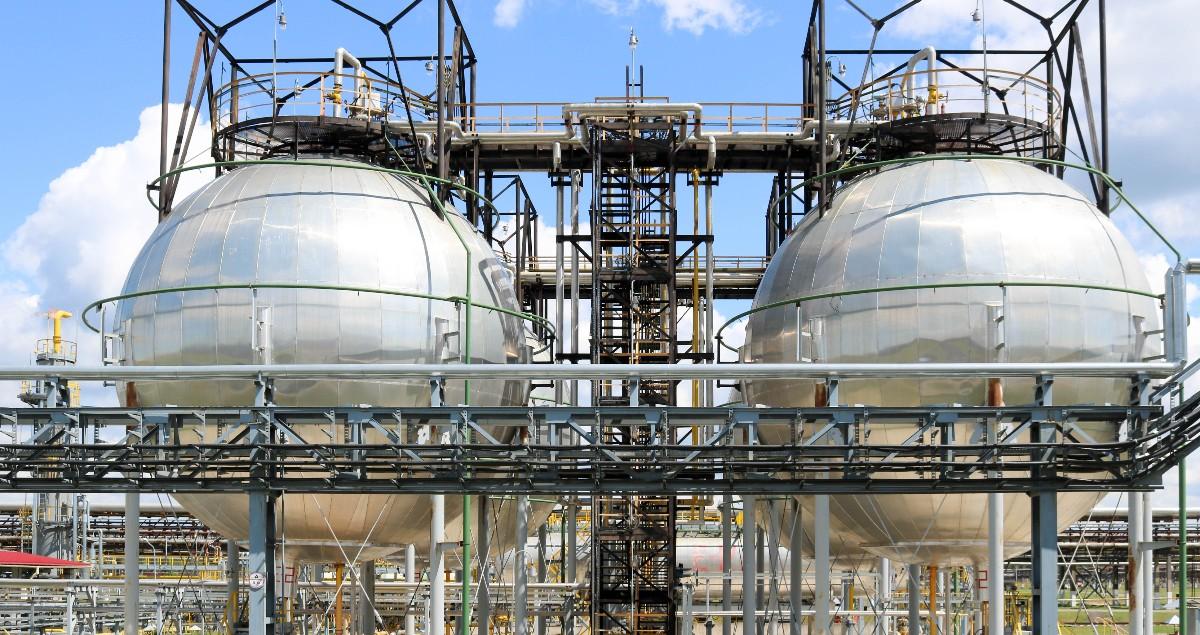The road to net zero: Ammonia’s role in the energy transition

The conversation on ammonia is gaining momentum in power markets.
We know that hydrogen can help our global energy system achieve net zero. Yet ammonia has long taken a back seat, despite being a key compound of hydrogen and forecasts that its market will triple in size by 2050.
Ammonia doesn’t produce CO2 when used and can enable a circular economy in which it can be stored, shipped, used and converted back into its constituent parts: nitrogen and hydrogen. It can be both a workhorse of hydrogen and a standalone fuel, offering vital flexibility during the fastest and biggest transformation of the global energy sector.
Yet commercial ammonia is far from new. First developed in 1909, it is now a widely used chemical, especially in the world’s $212 billion fertilizer market. As well as supporting food security for a global population of 8.1 billion people, ammonia has long been used in other markets, like plastics, pharmaceuticals, maritime and synthetic fibers.

Tapping ammonia’s vast potential
In the push for net zero, renewables could account for 35% of the world’s power generation mix in 2025, according to the International Energy Agency. But consistency remains a thorn in renewables’ side. Power operators can’t control the strength of the sun or wind, which risks destabilizing the energy grid.
This is where ammonia can come in. As a further green fuel option, it can help balance the grid and strengthen energy security – this is especially timely given that demand for power is expected to grow by at least 75% by 2050.
There are two ways ammonia can be used in power generation: via direct combustion, or via a cracking system that re-converts ammonia into hydrogen, which is then used by a hydrogen-enabled gas turbine.
Ammonia also has a higher energy density than hydrogen, which makes it easier to store and transport — very relevant in our hyperconnected energy system. Plus, established supply chains and infrastructure for ammonia already crisscross the globe, largely due to its use in fertilizers. This connectivity significantly simplifies logistics when scaling up ammonia, including during joint ventures.
More collaboration to plug gaps in power generation is urgently needed. Today, approximately 750 million people live without electricity. Further utilizing ammonia in power generation could help address this gap and achieve one of the United Nations’ Sustainable Development Goals, while reducing CO2 emissions.

Ammonia in action
Momentum for ammonia power generation is undoubtedly picking up, with more research and development and joint ventures planned.
As a top trading nation with a large port, Singapore aims to promote the use of ammonia, an ideal hydrogen carrier, for decarbonization in the power generation and port sectors. Its first ammonia power generation and bunkering project was initiated by the government in December 2022. MHI is collaborating with various entities as a technology provider for this project.

Ammonia still accounts for a small slice of the power generation market, but growing policy support can help change that. The European Union’s Fit for 55 package is designed to incentivize the development and use of renewable and low-carbon ammonia, including in power generation applications, through measures like the carbon border adjustment mechanism.
The same applies to the US Department of Energy’s "Hydrogen Shot" initiative, which aims for an 80% reduction in the cost of clean hydrogen — including for ammonia production — to $1 per kilogram by 2030.
Finding the right balance
The toxicity and flammability of ammonia is well-known in markets that have used it for decades, but guidance for newer applications on how to stay safe will help build stakeholders’ confidence.
How to better manage the nitrous oxide in the supply chain is also important, as its Global Warming Potential is 273 times that of CO2 for a 100-year timescale. Figuring out how to reduce this deterrent for companies with sustainability goals is key.
Ammonia is not a silver bullet in the energy transition, but exploring how best to leverage it in power generation is a valuable piece of the puzzle to reaching net zero by 2050.
Discover more about how MHI is advancing in developing and scaling hydrogen and ammonia pathways





